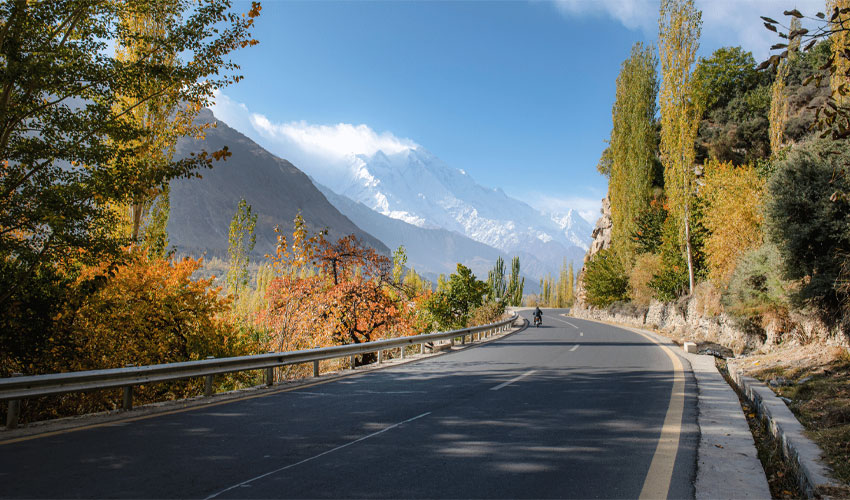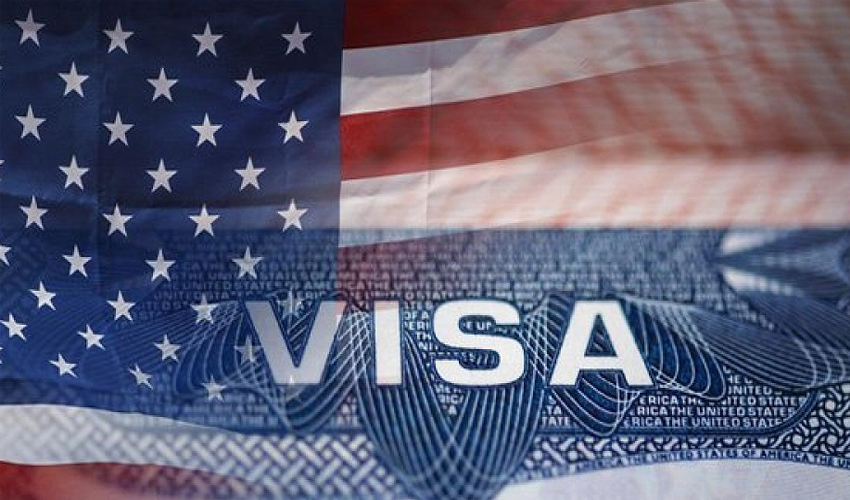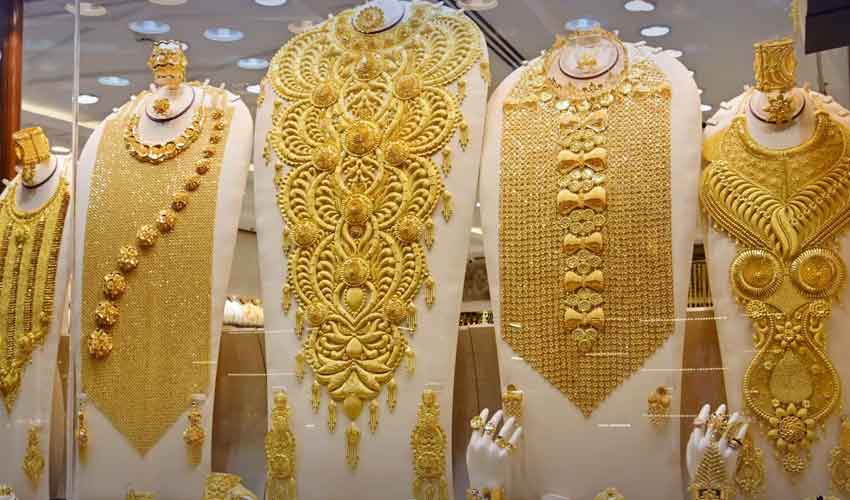In the northern reaches of Pakistan, cradled within the formidable arms of the Himalayas and the Karakoram ranges, lies the Hunza Valley -- a mesmerising tribute to nature's splendour and the resilience of its people.
Often hailed as a real-life "Shangri-La," this serene haven unveils a canvas of snow-capped peaks, terraced fields, and a vibrant cultural heritage.
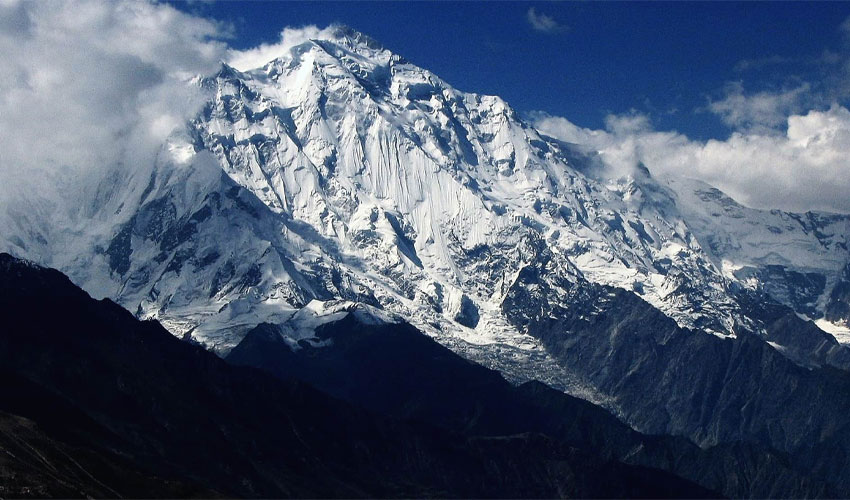
Hunza Valley, is a visual feast that seems to defy reality, is encircled by towering peaks like Ultar Sar and the renowned Rakaposhi, piercing the sky with their grandeur. The glacial Hunza River weaves through the landscape, nurturing terraced fields that cascade down the mountainsides like emerald staircases.
Different seasons paint the valley in ever-changing hues. Spring brings cherry blossoms and apricot trees, transforming the scenery into a burst of pink and white. Lush greenery blankets the valley in summer, while autumn adorns it with a tapestry of red, orange, and gold. In winter, a tranquil layer of snow turns the landscape into an enchanting snowy wonderland.
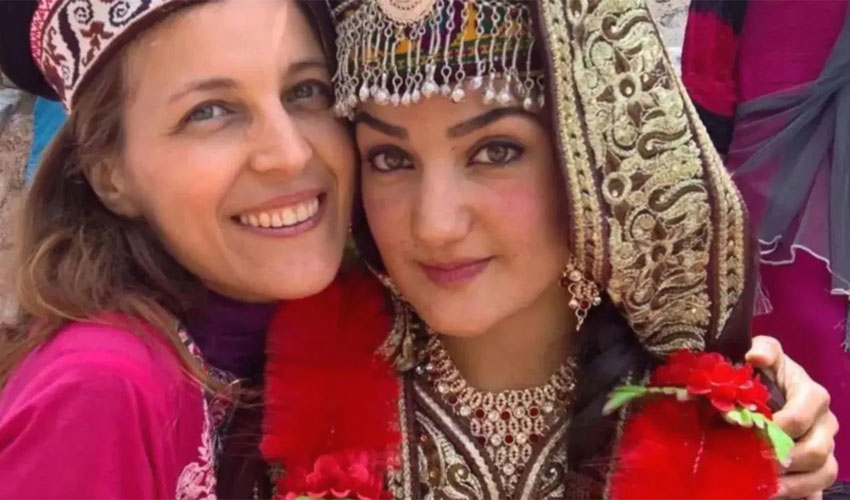
Beyond its natural wonders, Hunza Valley is a treasure trove of history and culture. Inhabited by the long-lived and culturally rich Burusho people, the valley echoes with tales from the ancient Silk Road that passed through, bringing diverse influences. Historical landmarks like the Baltit Fort and Altit Fort stand as guardians of a bygone era, inviting visitors to step back in time and connect with Hunza's rich heritage.
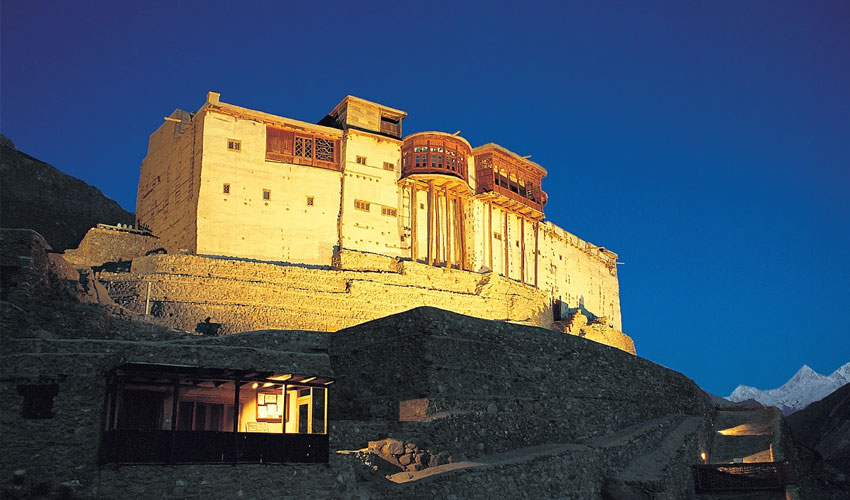
However, the true magic of Hunza lies not just in its landscapes but also in the warmth of its people. The locals, affectionately known as ‘Hunzukuts,’ extend open arms to visitors, inviting them to partake in traditional dances and savor local delicacies. Traditional homes open their doors for storytelling sessions and the enjoyment of regional specialties. Apricot orchards, a regional staple, offer a taste of the famed Hunza apricots and showcase the culinary prowess of the locals. This cultural exchange provides a genuine and immersive experience, transcending the typical tourist encounter.
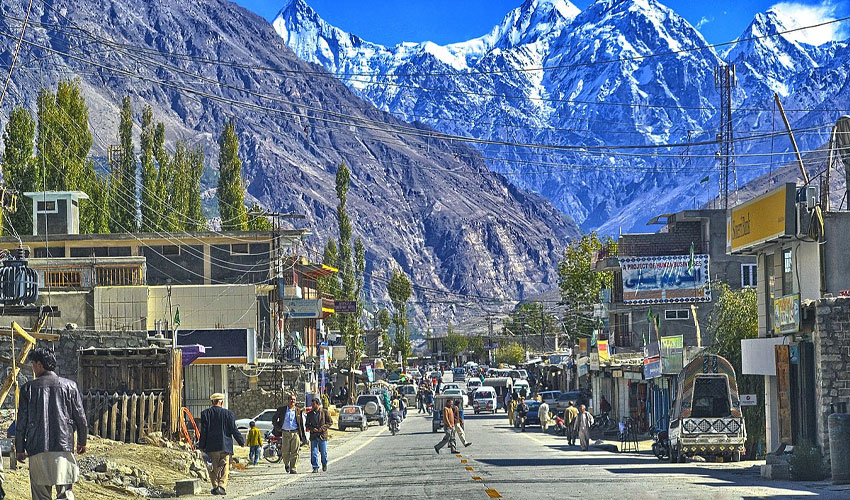
At the heart of Hunza Valley lies Karimabad Bazar, a vibrant hub of local culture. Its narrow alleys host traditional shops offering handmade crafts and colorful textiles. The air is filled with the aroma of spices, and stalls display a variety of local and exotic goods. Visitors can immerse themselves in the lively atmosphere, bargaining for unique souvenirs and sampling regional delicacies. The market scene, set against the backdrop of snow-capped peaks, adds a majestic touch to the bustling market.
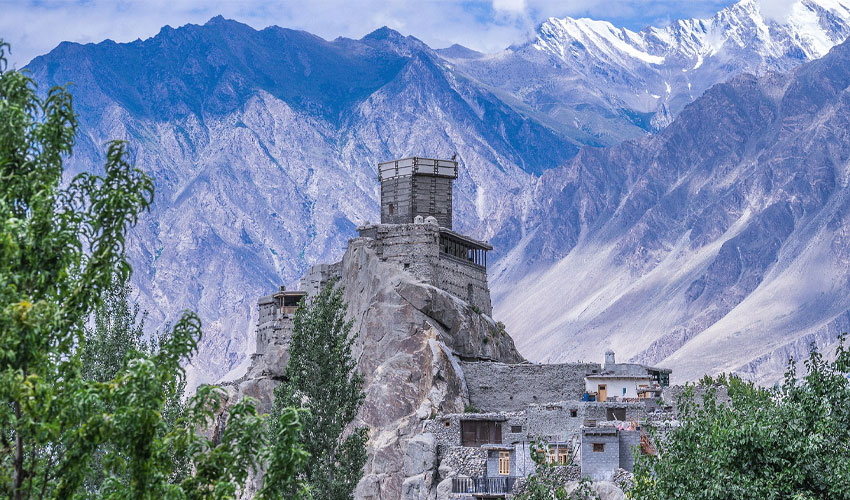
Despite its isolated location, Hunza Valley grapples with modern challenges. Climate change threatens the glaciers that feed the Hunza River, prompting locals to embrace sustainable living practices. Initiatives promoting eco-tourism and responsible travel have gained traction, focusing on responsible tourism, conservation, and community engagement. These efforts aim to safeguard the pristine environment for future generations.
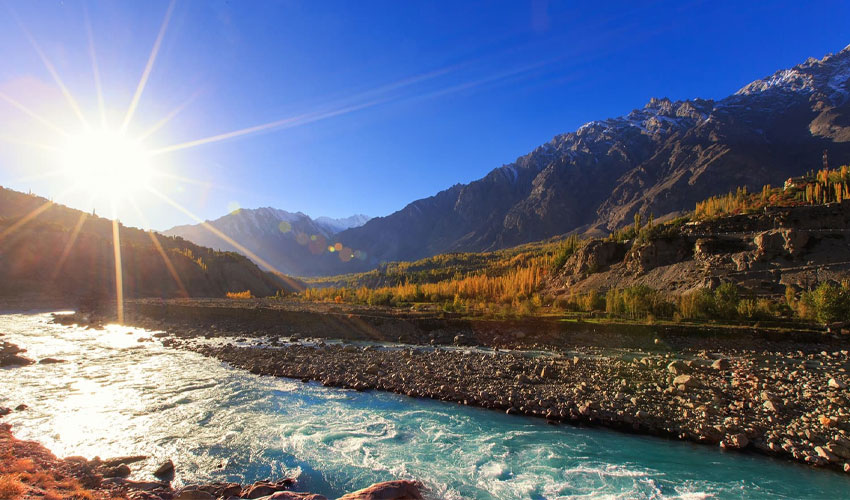
In essence, the allure of Hunza Valley extends beyond being a destination. Its landscapes, rich history, and warm hospitality create an immersive experience that captivates the senses and the soul. As travelers absorb the breathtaking scenery, they become part of a narrative that transcends time. The Hunza Valley stands as an embodiment of nature's extraordinary beauty, inviting all who venture into its embrace to discover the enchanting magic at the juncture of tradition and unmatched beauty.





